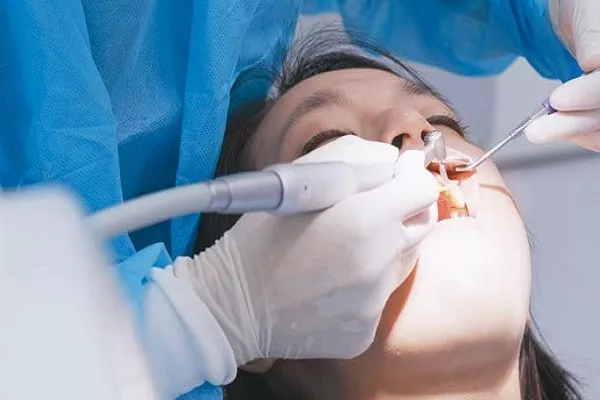Achieving a brighter smile is a common desire for many individuals, and whitening strips have become a popular option for addressing tooth discoloration. These thin strips, coated with a peroxide-based gel, are designed to lighten teeth by removing surface stains. While proper usage is crucial for safe and effective results, some might wonder about the consequences of leaving whitening strips on overnight. In this article, we will explore the potential risks and effects of prolonged whitening strip use, the safety of whitening strip ingredients, and recommendations for responsible whitening strip application.
Understanding Whitening Strips and Their Purpose
Whitening strips are a non-invasive method of teeth whitening that aims to remove extrinsic stains from the tooth’s surface. They work by applying a peroxide-based gel, which contains active ingredients like hydrogen peroxide or carbamide peroxide, onto the teeth. These ingredients help break down stains, allowing for a brighter and more radiant smile.
Risks of Leaving Whitening Strips on Overnight
Leaving whitening strips on overnight is not recommended for several reasons:
Increased Sensitivity: Prolonged exposure to the peroxide gel can lead to heightened tooth sensitivity. This sensitivity might be uncomfortable or even painful, making it difficult to consume hot, cold, or acidic foods and beverages.
Gum Irritation: The peroxide gel on whitening strips can irritate the gums if left in contact with them for an extended period. Gum irritation can result in discomfort, redness, and swelling.
Enamel Damage: Extended exposure to the peroxide gel can potentially weaken tooth enamel. Enamel is the protective outer layer of the tooth, and its integrity is vital for maintaining oral health.
Uneven Whitening: Leaving strips on overnight might lead to uneven whitening results, with some areas of the teeth appearing whiter than others.
Lack of Control: Longer exposure time increases the risk of overusing the active ingredients, which can have negative effects on oral health.
Safety of Whitening Strip Ingredients
The peroxide-based gels used in whitening strips contain active ingredients that are generally considered safe for oral use when applied according to the manufacturer’s instructions. These ingredients have been used in dentistry for years and are found in other dental products like toothpaste and mouthwash. The concentrations used in whitening strips are typically lower than those used in professional whitening treatments, minimizing potential risks.
Responsible Whitening Strip Application
To achieve safe and effective results with whitening strips, it’s important to follow the manufacturer’s instructions and use the product responsibly. Here are some key tips:
Adhere to Time Recommendations: Most whitening strips are designed to be worn for a specific amount of time, usually around 30 minutes per session. Adhere to these time recommendations to avoid overexposure.
Avoid Prolonged Use: Avoid leaving whitening strips on for longer than recommended, as this can lead to sensitivity, gum irritation, and enamel damage.
Monitor Sensitivity: If you experience tooth sensitivity during or after using whitening strips, discontinue use for a few days and consult your dentist if symptoms persist.
Follow Regular Application: Follow the recommended frequency of use, often a few times per week, and allow time between sessions to avoid overuse.
Consult a Professional: If you have concerns about teeth whitening or any oral health issues, consult your dentist before using whitening strips.
Conclusion
Leaving whitening strips on overnight is not advisable due to the potential risks of increased sensitivity, gum irritation, enamel damage, and uneven whitening results. The peroxide-based gels used in whitening strips are generally safe when used responsibly and according to the manufacturer’s instructions. To achieve safe and effective results, adhere to the recommended usage time, avoid prolonged exposure, and monitor your teeth’s sensitivity during and after use. If you experience any discomfort or have concerns about teeth whitening, consult your dentist for guidance. By using whitening strips responsibly and as directed, individuals can achieve a brighter smile while maintaining their oral health and overall well-being.
Related Topics:



























